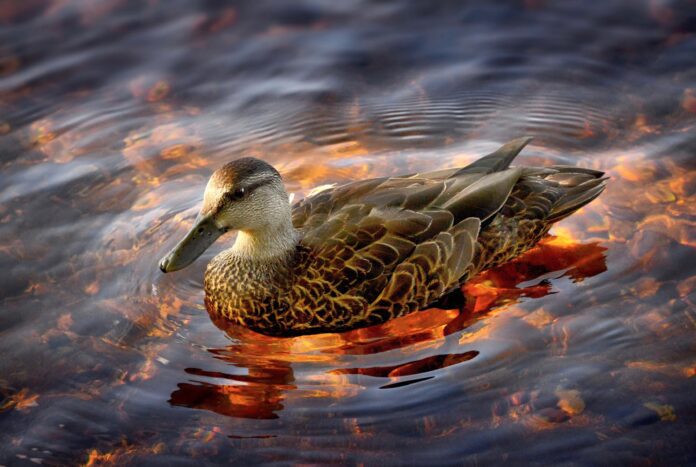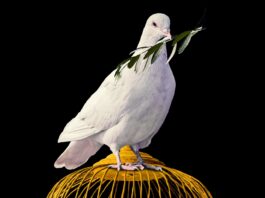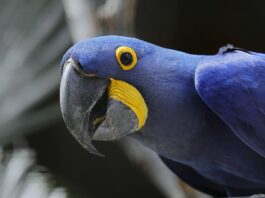Water under a duck’s back. When you see a duck swimming, its back looks like it’s covered in water beads. Have you ever wondered why that is?
It’s a common misconception that the beads are water droplets that have been repelled by the duck’s feathers. In reality, the beads are tiny air bubbles that have been trapped underneath the duck’s feathers.
This effect is caused by the Bernoulli principle, which states that when a fluid flows past an object, the object will experience a decrease in pressure. This decrease in pressure causes the air bubbles to form, and the more quickly the fluid flows past the object, the more these bubbles will be formed.
In next week’s post, we’ll be discussing how this principle applies to airplane wings and why they produce lift.
Water under a duck’s back – The Hydrophobic Nature of Feathers
Do you know why water beads up under a duck’s back? It all has to do with their feathers. Ducks have hydrophobic feathers, which means that the water droplets repel each other. This is what causes the water to bead up and stay in place.
It’s actually a pretty cool defense mechanism. By keeping the water droplets off their feathers, ducks can stay dry and warm in wet environments. And as an added bonus, the water droplets also help to deflect predators. Pretty nifty, right?
The Structure of a Feather
Have you ever wondered why water beads up under a duck’s back? It’s because of the structure of their feathers.
Ducks have a layer of down feathers, which are covered in tiny barbs. These barbs create tiny air pockets, which keep the ducks warm and waterproof. The water droplets slide off these feathers and roll away, which is why ducks can stay so dry in the rain.
So when you’re out in the rain, remember to duck! You’ll be glad you did.
The Function of Water in Feathers
When you see a duck gliding effortlessly across a pond, you might be surprised to know that water is actually repelling the duck’s feathers. It sounds like magic, but there’s a scientific explanation for this.
Ducks have special feathers that are covered in tiny bumps. These bumps create a hydrophobic surface, which means that water droplets will bead up and roll off. This is what allows the ducks to stay dry even when they’re swimming in water.
So why does this work? Well, the water droplets form a film on top of the feathers, which reduces the duck’s contact with the air. This helps to create an insulating layer of air, which keeps the duck warm in cold weather. Pretty cool, right?
How Ducks Keep Their Feathers Dry
Have you ever watched as a duck wades through a puddle of water, and the water just beeds up and rolls right off its back? And it always seems to stay so dry?
It’s actually pretty amazing how well ducks can keep their feathers dry. Their feathers are coated with a natural waterproofing agent that keeps the water from penetrating the feathers and getting to the skin.
But how does this work? It’s all thanks to the downy layer of fine hairs that covers the duck’s body. This layer acts like a sponge, soaking up the water and then releasing it into the air. Clever, huh?
The Benefits of Being Hydrophobic
Have you ever seen a duck shake its head and water droplets fly all around it? That’s because ducks are hydrophobic, which means they’re repelled by water.
And this is a great thing, because it means that ducks can stay dry even in the wettest conditions. The water beads up and rolls off their feathers, which is why they can swim around in ponds and lakes without getting wet.
But this isn’t just a benefit for ducks—it’s a benefit for us too. Waterproof jackets, for example, are made of hydrophobic materials, which means that we can stay dry in the rain. And the latest smartphones are also hydrophobic, which is why they can be used in the shower without getting ruined.
Water under a duck’s back – Conclusion
It’s not really clear why water collects under a duck’s back the way it does, but it’s definitely an interesting phenomenon to take a closer look at! Thanks for reading.




